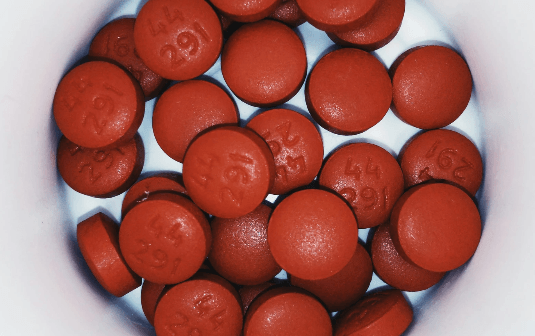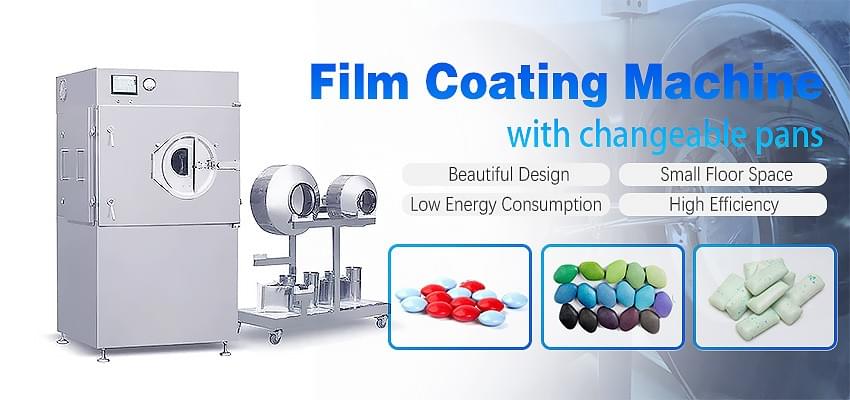Tablet coating technology originally emerged to mask the bitterness and unpleasant odor of tablets and to make them smoother and easier to swallow. This led to the early sugar-coating process. Sugar-coated tablets form a thick shell of sugar, which significantly increases the tablet’s size.
Film-coating technology was later developed as an improvement over sugar coating. Using specialized film-coating equipment, an ultra-thin functional layer can be formed on the tablet surface. This thin coating layer can fully mask the tablet’s taste. In addition, by modifying the coating formulation (for sustained-release or enteric-coating purposes), manufacturers can precisely control where and how the drug is released inside the body.

In terms of production efficiency, modern automatic film-coating machines significantly improve coating efficiency. Although sugar-coating equipment is still used today, automatic coating systems are far more popular—and more suitable—in industries like pharmaceuticals that require strict quality control.
Key Functions of Film-Coated Tablets
- Protection of Active Ingredients
The film layer blocks moisture, oxygen, and light, preventing degradation and extending shelf life. - Improved Swallowability
The smooth surface makes tablets easier to swallow. - Taste and Odor Masking
Many pharmaceutical powders are bitter or have strong smells. The coating prevents direct contact with the tongue, improving patient compliance. - Enhanced Appearance and Brand Recognition
Colored coatings aid visual identification, reduce medication errors, and allow printing of logos or batch information. - Functional Drug Release Control
When required, film coatings can be formulated as enteric or controlled-release films to regulate the dissolution rate.
Understanding the purpose and process of film coating helps manufacturers choose the right equipment and optimize their process to achieve consistent quality.
Related Topics and Answers
- What machine is used to apply film coating?
Film coating is performed using a tablet coating machine, typically with a perforated coating drum. These machines can automatically spray coating materials and dry the tablets. The entire process is carried out in an enclosed system to ensure safety and hygiene. - What is the difference between sugar-coated and film-coated tablets?
Film coatings are thinner, faster to apply, and more durable. Sugar coatings are thicker and primarily used for taste-masking. - Do film-coated tablets dissolve faster?
Yes. Non-functional film coatings usually dissolve quickly. Functional coatings may slow or modify the dissolution profile. - Are film-coated tablets better for sensitive drugs?
Yes. The protective layer helps safeguard active ingredients that are sensitive to moisture or light. - Why do manufacturers prefer film coating?
It offers higher production efficiency, lower material cost, improved appearance, and flexible functional options.
Are you looking for a stable and reliable tablet-coating solution or a complete production line?
Contact LTPM CHINA, and we will provide you with:
- High-performance coating equipment: Precise control of every parameter ensures consistent batch-to-batch quality.
- Proven process support: Benefit from our extensive coating experience to help you achieve rapid production startup.
- Comprehensive after-sales service: Enjoy up to 5 years of warranty for complete peace of mind.
We are committed to delivering turnkey tablet-coating solutions—from design to production—to help you manufacture high-quality pharmaceutical products.

